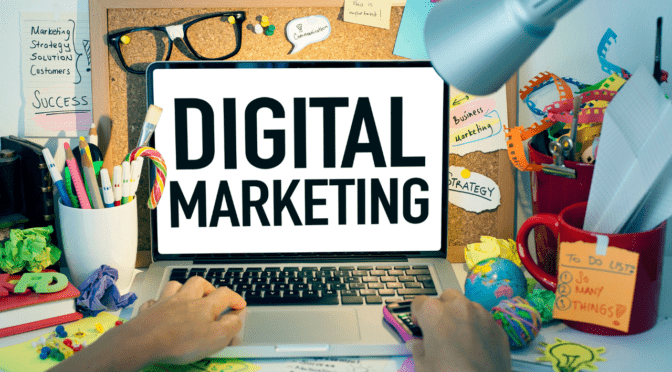Navigating the complexities of software development poses strategic challenges and potential breakthroughs. One common hurdle many organizations face is maintaining seamless continuity when outsourcing software projects across various entities within their innovation journey. This task of seamlessly integrating systems, ensuring constant communication, and aligning divergent technological initiatives can often be compared to an uphill climb.
Research conducted by Forbes sheds light on the common pitfalls that can lead to the failure of software development projects:
But amid these difficulties, bespoke or custom software development stands out in the market for its specialized solutions. Let’s explore the countless benefits of developing custom-made software, presenting it as an all-encompassing solution to these issues.
Getting to Know Custom Software Development
Custom software development, including custom web development, demands the creation of meticulously crafted software tailored to fulfill the unique requirements of an organization. This bespoke software, which sets itself apart from off-the-shelf solutions, is specifically designed to align with a company’s individual needs and workflows seamlessly. In addition to these aspects, the industry’s data has revealed some remarkable statistics:
- Businesses embracing custom software development can achieve an average increase in operational efficiency of up to 30%. This heightened efficiency often translates to an average annual growth rate of 20%.
- Incorporating tailored security measures within custom software leads to a 50% reduction in the likelihood of data breaches.
- Furthermore, the user-centric design philosophy inherent in custom software yields a satisfaction rate surpassing standard software solutions by 20%.
What are the Common Mistakes to Avoid While Choosing a custom software development company?
While selecting a bespoke software development company is imperative to impact your business’s trajectory significantly, it has some pitfalls that should be avoided at all costs. Ensuring a successful partnership and optimal software outcomes requires staying steer clear of these common mistakes:
- Not Doing Your Research – Before reaching out to software development solutions companies, research the market and explore options, as this will help you narrow down your choices of companies and finally pick up the best fit.
- Choosing A Company Based On Price Alone – While price is undoubtedly important, it shouldn’t be the only one. While selecting a bespoke software company, look for other things, such as the company’s expertise, experience, and track record, and more.
Not Communicating Effectively – Communication is essential for a successful software development project that most companies don’t consider. So, communicate effectively with the development team throughout the project.
- Not Being Flexible – Things don’t always go according to plan, so flexibility and adaptability are essential. Be prepared to make changes to the project scope or timeline as needed.
- Not setting clear expectations – Setting clear expectations, such as project scope, timeline, budget, and deliverables, with the development team from the beginning is essential.
- Not getting regular updates – Receive regular project updates from the software development team, as it will keep you on course and ensure timely delivery of the project.
- Not testing the software thoroughly – Having the software properly tested before release will make finding any bugs or errors easier.
Key Considerations for Selecting a Custom Software Development Partner
Organizations can’t underscore the importance of delving into technical intricacies to ensure a successful collaboration when selecting a bespoke Software Development Company. Here’s a checklist to guide you in assessing whether your organization truly requires the services of a company specializing in customized software:
- Alignment with Business Objectives: Ensure that the proposed custom software is aligned with your strategic objectives and is technically structured to support your long-term vision.
- Problem-Solving Abilities: Evaluate the extent to which the custom software addresses your technical challenges, going beyond generic solutions.
- Enhanced ROI: Analyze how the custom software enhances your Return on Investment through improved processes and efficiencies.
- Functional Requirements: Define your needed features and functionality and ensure the development company can translate these into a robust software solution.
- Realistic Development Timeframe: Create a realistic timeline that balances urgency with the quality of the final product.
- Technical Expertise: Evaluate the technical prowess of the development team in terms of relevant programming languages, frameworks, databases, and technologies.
- Portfolio Evaluation: Review the company’s past projects to gauge their technical versatility and ability to handle your requirements.
- Budget Alignment: Ensure the solution aligns with your financial parameters without compromising quality.
- Effective Communication: Assess the company’s communication practices and willingness to collaborate, which are crucial for understanding intricate needs and ensuring smooth development.
- Ongoing Support: Discuss post-development support and maintenance services, vital for the software’s evolution and potential challenges.
Choosing a Custom Software Development Company: A Strategic Framework
While in the pursuit of identifying the right software development partner for your custom software development requirements, a strategic framework can illuminate the path forward:
- Reliable Evaluation: We recommend trusting well-known rating services and review websites like Clutch and GoodFirms for unbiased reviews. Besides, consider other elements like team size, competence, and client feedback.
- Industry Alignment: Put industry-experienced partners first to improve productive collaboration and reduce risks.
- Thorough Research: To make a well-informed choice, investigate the company’s portfolio, technological prowess, and industry knowledge.
- Network Insights: Utilize your professional network to get honest comments, particularly on communication, deadlines, and assistance.
- Effective Communication: Prioritize partners with open communication lines, and consider the advantages of working with people in different time zones.
- Technology Alignment: Select businesses knowledgeable about the tech stack you want, have a history of innovation, and follow the SDLC principles.
- Balancing Value and Cost: Remember that cost-effectiveness shouldn’t come at the expense of quality and that quality isn’t just a cost function.
In Conclusion
Managing custom software development necessitates a well-balanced approach. Proficiency in communication skills, relevant industry, and adherence to technology best practices must all be precisely considered on the path to a customized software solution that fosters innovation and helps gain a competitive advantage. By implementing a strategic framework and assessing your company’s requirements, you can choose a bespoke software development company that aligns with your goals and help your company thrive and move toward expansion in a constantly changing environment.











